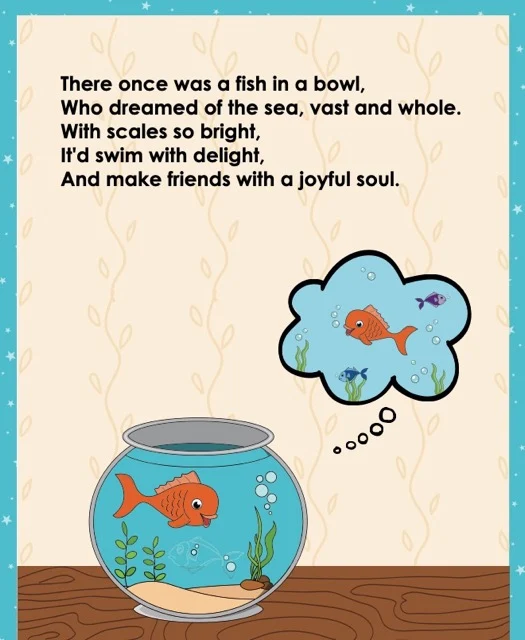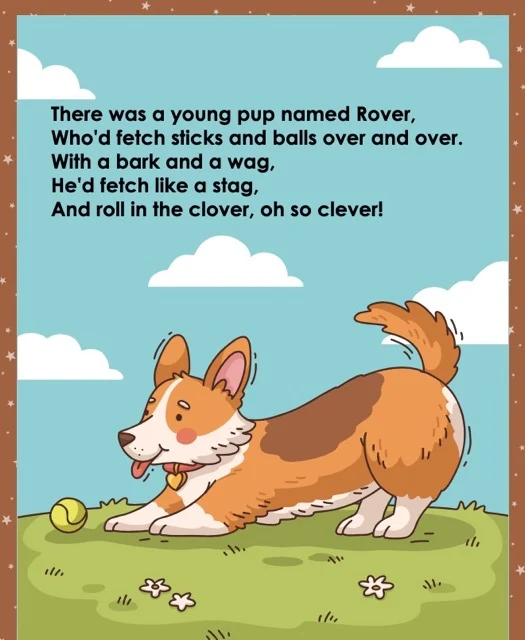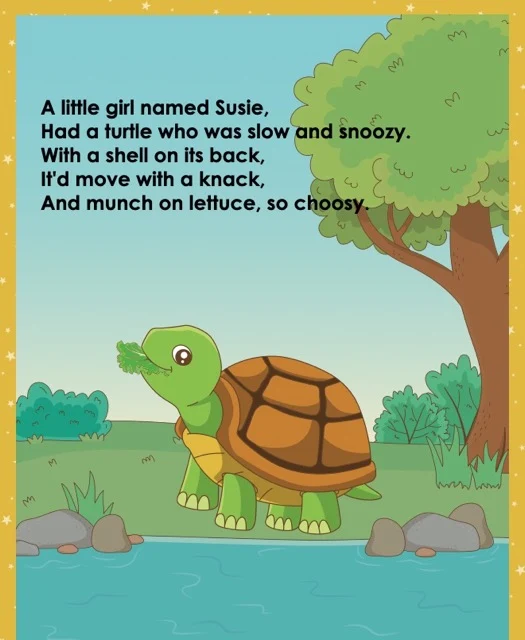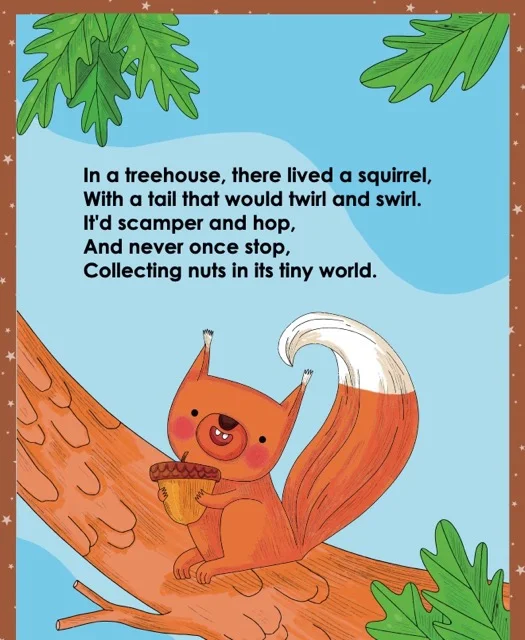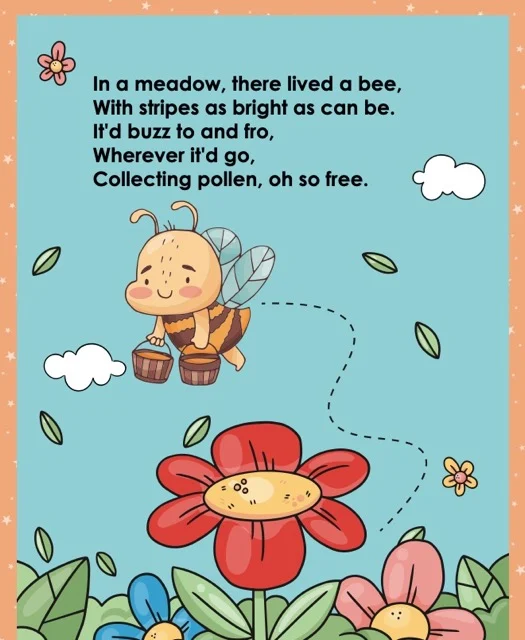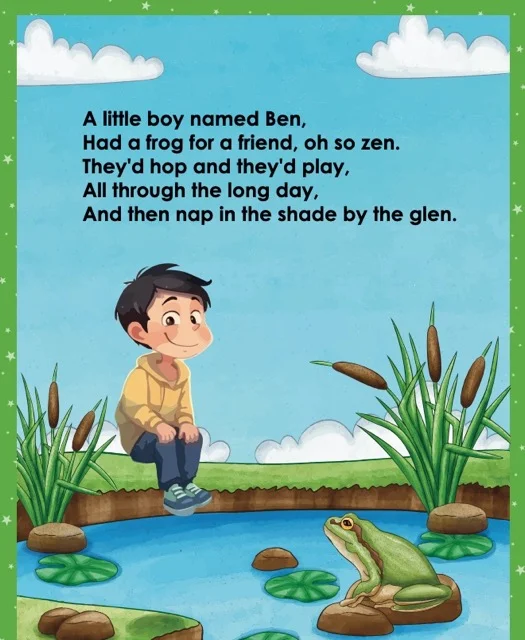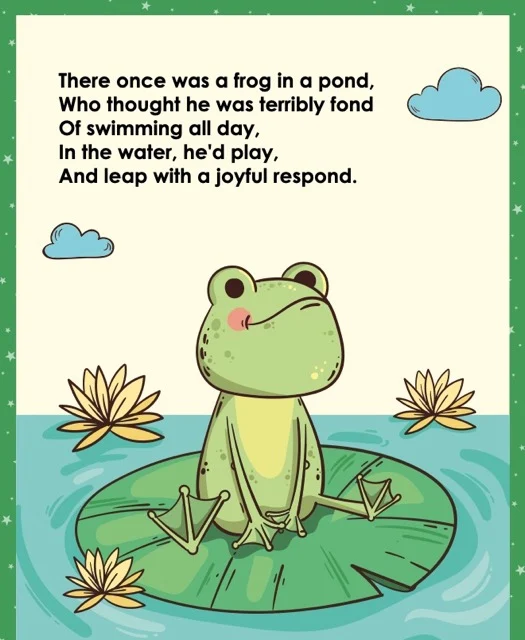Limericks: A Poetic Form
This briefing document summarizes information on limericks from three sources. Limericks are defined as five-line humorous poems with a specific AABBA rhyme scheme and syllable structure. The sources explore their common themes, such as animals, people, dreams, and outlandish situations, highlighting their use in education and entertainment. Famous authors and examples are cited, and tips for writing limericks are provided, emphasizing the importance of adhering to structure while embracing humor. The document concludes that the limerick's unique features make it a versatile poetic form.The Limerick Guide
Briefing Document: Limericks
This briefing document summarizes key information about limericks gleaned from three sources: "Limerick Literary Analysis and Quiz," "Testing Theme: Limericks.pdf," and "The Limerick Guide."
Definition and Structure:
A limerick is a five-line humorous poem with a distinct AABBA rhyme scheme and a specific syllable structure. The first, second, and fifth lines rhyme, and the third and fourth lines have their own rhyme. The first, second, and fifth lines typically have eight to nine syllables, while the third and fourth lines have five to six syllables. ("Limerick Literary Analysis and Quiz")
The rhythm of a limerick is described as:
●
Lines 1, 2, and 5: da-da-da-da-da-da-da-DA
●
Lines 3 and 4: da-da-da-da-DA ("The Limerick Guide")
Content and Themes:
Limericks are known for their humorous and often nonsensical content. Common themes include:
●
Animals: Often depicted with unusual habits or engaging in silly mishaps.
●
People: Featured with unusual habits or involved in silly situations.
●
Dreams: Many of the limericks provided in "Testing Theme: Limericks.pdf" explore dreams and surreal experiences.
●
Outlandish Situations: Limericks thrive on the absurd and unexpected. ("Limerick Literary Analysis and Quiz," "The Limerick Guide," "Testing Theme: Limericks.pdf")
Humor and Storytelling:
The limerick's short length, strict rhyme scheme, and rhythmic pattern create a humorous effect, often enhanced by an unexpected twist in the final line. ("Limerick Literary Analysis and Quiz")
Despite their brevity, limericks can tell simple stories or anecdotes. The constrained five-line structure encourages concise and creative storytelling. ("The Limerick Guide," "Limerick Literary Analysis and Quiz")
Educational Use:
Limericks can be used as an educational tool because their rhythm and rhyme scheme can aid memory, making them helpful for memorizing facts or concepts. Their humorous nature can make learning more engaging and enjoyable. ("Limerick Literary Analysis and Quiz," "The Limerick Guide")
Famous Authors and Examples:
Edward Lear, a British artist and writer, is renowned for his limericks, often featuring fantastical creatures and absurd scenarios. ("Limerick Literary Analysis and Quiz," "The Limerick Guide")
Examples of limericks can be found online, in poetry anthologies, and in children's books. ("Limerick Literary Analysis and Quiz," "The Limerick Guide")
Tips for Writing Limericks:
●
Focus on a single, funny idea.
●
Ensure rhyming words make sense within the poem's context.
●
Adhere to the syllable count for each line.
●
Embrace silliness and nonsensical humor. ("The Limerick Guide")
Key Takeaway:
The limerick's unique structure and humorous nature make it an effective form for entertainment, storytelling, and even education. Its simple format encourages creativity and concise expression, making it an enjoyable and versatile poetic form.
The Limerick Guide
Limericks FAQ
1. What is a limerick?
A limerick is a five-line poem with a specific rhyming pattern and syllable structure. The first, second, and fifth lines rhyme, and the third and fourth lines rhyme. The first, second, and fifth lines have eight to nine syllables, while the third and fourth lines have five to six syllables. Limericks are known for their humorous and often nonsensical content.
2. What is the typical rhythm of a limerick?
The rhythm of a limerick can be described as:
●
Lines 1, 2, and 5: da-da-da-da-da-da-da-DA
●
Lines 3 and 4: da-da-da-da-DA
3. What are some common themes found in limericks?
Limericks often feature quirky characters and outlandish situations. They can be about anything, but common themes include animals, people with unusual habits, and silly mishaps.
4. What are some tips for writing a good limerick?
●
Focus on a single, funny idea.
●
Make sure the rhyming words make sense in the context of the poem.
●
Keep the syllable count in mind.
●
Don't be afraid to be silly and nonsensical!
5. Can limericks be used for educational purposes?
Yes! Limericks can be a fun and engaging way to teach children about different topics. The rhythm and rhyme can help them remember information, and the humorous nature of limericks can make learning more enjoyable.
6. Are there famous limericks?
There are many famous limericks, but some of the most well-known were written by Edward Lear, a British artist and writer. His limericks often featured fantastical creatures and absurd scenarios.
7. Can limericks be used for storytelling?
While limericks are short, they can tell a simple story or anecdote. The limited structure encourages creative and concise storytelling.
8. How can I find more limericks to read?
You can find limericks online, in poetry anthologies, and even in children's books. A simple internet search for "limerick examples" will yield many results. You can also try writing your own limericks!
Limerick Literary Analysis and Quiz
Limerick Literary Analysis
Short-Answer Quiz
Instructions: Answer the following questions in 2-3 sentences each.
1.
What is the defining characteristic of a limerick's rhyme scheme?
2.
Describe the typical syllable structure found in a limerick.
3.
What makes the limerick form particularly suitable for humorous content?
4.
Explain how a limerick can be used as a tool for education.
5.
How does the constrained structure of a limerick encourage effective storytelling?
6.
Identify two common themes or subjects often explored in limericks.
7.
What is the most important aspect to consider when choosing rhyming words for a limerick?
8.
Who is a well-known author associated with the limerick form?
9.
Where can one find examples of limericks to read and study?
10.
In the provided limerick examples, what is a recurring theme that appears in several of the poems?
Short-Answer Quiz: Answer Key
1.
A limerick has a distinct AABBA rhyme scheme where the first, second, and fifth lines rhyme, and the third and fourth lines have their own separate rhyme.
2.
The first, second, and fifth lines of a limerick typically have eight to nine syllables, while the third and fourth lines have five to six syllables.
3.
The limerick's short length, strict rhyme scheme, and rhythmic pattern lend themselves well to creating a humorous and surprising effect, often enhanced by the unexpected twist in the final line.
4.
The rhythm and rhyme scheme of a limerick can aid memory, making it helpful for memorizing facts or concepts. The humorous nature of limericks can also make learning more engaging and enjoyable.
5.
The limited five-line structure of a limerick forces the writer to be concise and creative in conveying a story or message within a short space.
6.
Animals and people with unusual habits or silly mishaps are frequently featured in limericks.
7.
The rhyming words should make sense within the context of the poem and contribute to the overall humor or meaning of the limerick.
8.
Edward Lear, a British artist and writer, is famous for his limericks featuring fantastical creatures and absurd scenarios.
9.
Examples of limericks can be found online, in poetry anthologies, children's books, and through simple internet searches.
10.
A recurring theme in the provided limericks is the concept of dreams and the fantastic or surreal nature of what occurs within them.
Essay Questions
1.
Analyze the role of rhythm and rhyme in creating the humorous effect of a limerick. Use specific examples from the provided limericks to support your analysis.
2.
Discuss the ways in which limericks, despite their short length, can effectively convey a narrative or tell a story. Choose two limericks from the provided examples and explain how they utilize narrative elements.
3.
Edward Lear is widely recognized for his contributions to the limerick form. Research some of Edward Lear's limericks and compare his style and thematic choices to the limericks provided in this study guide.
4.
Explore the use of limericks as an educational tool. Discuss the advantages and limitations of using limericks to teach various subjects.
5.
Write an original limerick that incorporates elements of humor, rhyme, and a clear narrative. Explain the choices you made in terms of theme, language, and structure.
Glossary of Key Terms
Limerick: A five-line humorous poem with a specific AABBA rhyme scheme and syllable structure.
Rhyme Scheme: The pattern of rhymes at the end of lines in a poem.
Syllable Structure: The arrangement and number of syllables in each line of a poem.
Rhythm: The pattern of stressed and unstressed syllables in a line of poetry, creating a musical effect.
Narrative: A story or account of events, real or imagined.
Theme: The underlying idea or message conveyed in a literary work.
Humor: The quality of being amusing or comic, often achieved through wordplay, absurdity, or unexpected situations.




